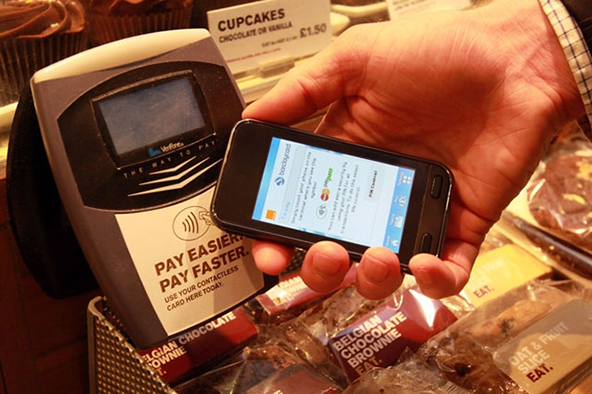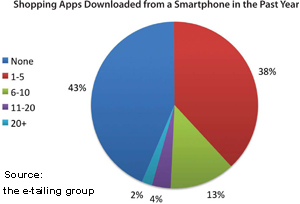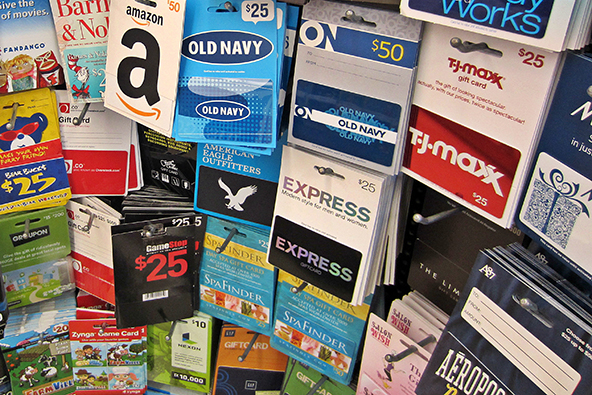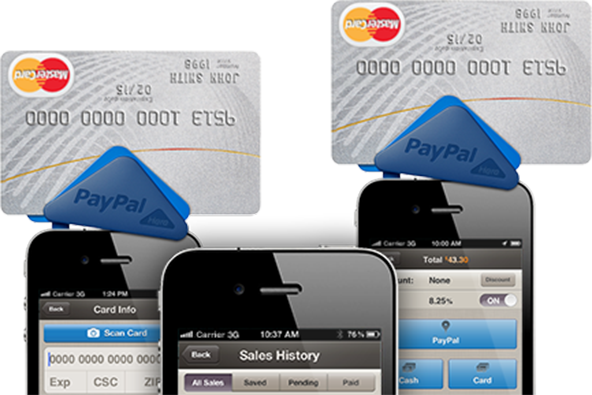Half of Americans Feel ‘Awkward’ Shopping with Phones

While a variety of mobile commerce services are feverishly being developed left and right by tech giants, wireless carriers, payment processors and a multitude of weirdly named start-ups, a new survey reports that American consumers feel much less sanguine about the prospect of shopping with their phones than all this hype would suggest.
49% of Americans Find Mobile Shopping ‘Awkward’
A survey conducted in February of this year by the e-tailing group, an e-commerce consultancy, found that 49 percent of the respondents feel ‘awkward’ about shopping with their phones, by far the biggest reason for not doing more of it. Here is the full list:
Reasons for not Shopping More on Smart Phones
- Awkward shopping experience on phone — 49%.
- Concerns about credit card information — 36%.
- Slow connection / connectivity — 31%.
- Image of product not good — 26%.
- Not easy to view product information — 23%.
- Takes too long — 20%.
- Product information is limited — 18%.
- Full product selection is not offered — 13%.
- Customize experience based on location — 9%.
- Other — 12%.
The total exceeds 100 percent, because consumers could choose more than one answers.
The conclusion the researchers draw from these data is that the “smartphone is an important device for consumers in pre and post-shopping behavior that still faces challenges to be a desirable shopping tool for the masses.”
I don’t think that I agree with that.
Are Smart Phones Made for Shopping?
 As I read the data, the respondents by and large don’t find their phone to be a convenient tool at any stage during the shopping process. After all, the “awkward shopping experience on phone,” “image of product not good,” “not easy to view product information,” “product information is limited” and “full product selection is not offered” categories all represent various aspects of the consumer’s view of the usability of their phone as a shopping tool. Moreover, in my view, each one of them is closely linked to and reinforces the others.
As I read the data, the respondents by and large don’t find their phone to be a convenient tool at any stage during the shopping process. After all, the “awkward shopping experience on phone,” “image of product not good,” “not easy to view product information,” “product information is limited” and “full product selection is not offered” categories all represent various aspects of the consumer’s view of the usability of their phone as a shopping tool. Moreover, in my view, each one of them is closely linked to and reinforces the others.
For example the “image of product not good” category is directly related to the small screen size of even the biggest smart phones. How well can you see an item on a 2 x 4 in screen, whatever the resolution? This is the very reason why 23 percent of the respondents find it “not easy to view product information” and also the reason why 18 percent say that “product information is limited.” All this will then naturally lead to an “awkward shopping experience on phone.” Of course a slow connection will only increase the awkwardness.
The Takeaway
The biggest takeaway I get from the e-tailing group survey is that it helps me clarify the distinction between mobile payments and mobile commerce, in relation to their demands on smart phones’ capabilities.
The success of Square and various other m-payments services indicates that a smart phone is sufficiently well equipped to handle the payment process to the consumer’s overall satisfaction. A payment transaction is a fairly simple series of interactions where neither much information needs to be shared, nor any images need to be closely examined. So the small screen size and even a somewhat slow connection are not an issue.
This, however, is clearly not the case with m-commerce. When shopping online, whether we use our phones or laptops, we need to be able to complete a much wider variety of tasks and the device’s size and speed become an issue. While the speed factor has largely been solved already or will be soon, I just don’t see what can be done about the screen’s size. There is no doubt that the usability of m-commerce websites will greatly improve over time, but the size limitation will remain.
The bottom line is that some retailers will have a much easier time transitioning to m-commerce than others. A downloadable item, for example, will be just as easily purchased from a phone as it will be from a laptop. Buying a widescreen TV set, on the other hand, will be much less so. Still, in time the m-commerce will become an equal alternative to the e-commerce for many types of online shopping, while in many other instances replacing it altogether.
Image credit: Barclaycard.com.


